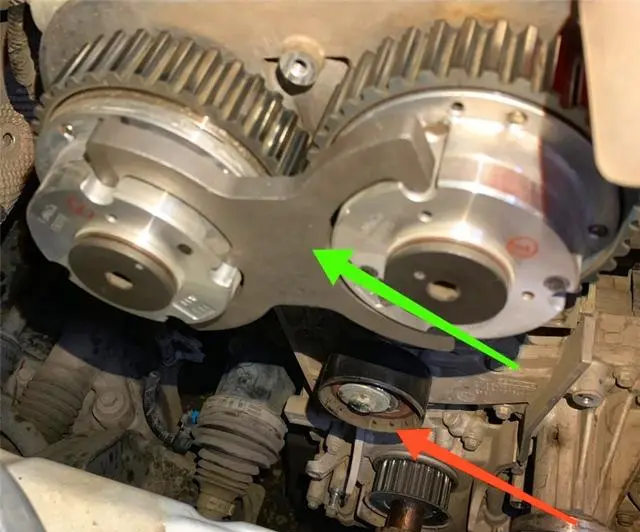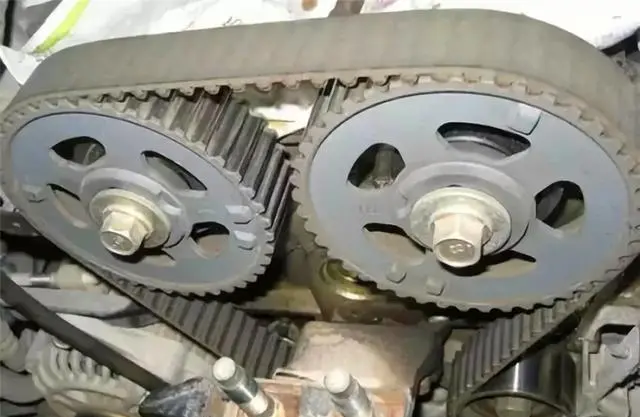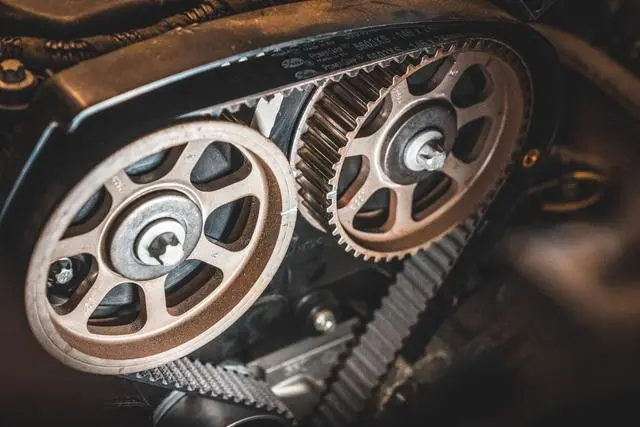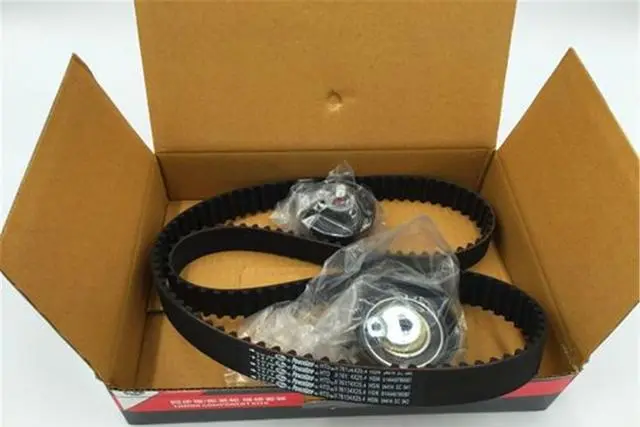 English
English Español
Español  Português
Português  русский
русский  Français
Français  日本語
日本語  Deutsch
Deutsch  tiếng Việt
tiếng Việt  Italiano
Italiano  Nederlands
Nederlands  ภาษาไทย
ภาษาไทย  Polski
Polski  한국어
한국어  Svenska
Svenska  magyar
magyar  Malay
Malay  বাংলা ভাষার
বাংলা ভাষার  Dansk
Dansk  Suomi
Suomi  हिन्दी
हिन्दी  Pilipino
Pilipino  Türkçe
Türkçe  Gaeilge
Gaeilge  العربية
العربية  Indonesia
Indonesia  Norsk
Norsk  تمل
تمل  český
český  ελληνικά
ελληνικά  український
український  Javanese
Javanese  فارسی
فارسی  தமிழ்
தமிழ்  తెలుగు
తెలుగు  नेपाली
नेपाली  Burmese
Burmese  български
български  ລາວ
ລາວ  Latine
Latine  Қазақша
Қазақша  Euskal
Euskal  Azərbaycan
Azərbaycan  Slovenský jazyk
Slovenský jazyk  Македонски
Македонски  Lietuvos
Lietuvos  Eesti Keel
Eesti Keel  Română
Română  Slovenski
Slovenski  मराठी
मराठी  Srpski језик
Srpski језик
How many kilometers does the timing belt need to be replaced
2024-07-09
Hello everyone, today I will introduce to you the function and replacement cycle of the timing belt. The timing belt is an important component of the automotive engine's valve distribution system. It ensures the accuracy of the intake and exhaust times by connecting to the crankshaft and matching it with a certain transmission ratio. The timing belt is a rubber product with a certain service life, and needs to be regularly inspected and replaced according to the different car brands and models.

What is a timing belt?
A timing belt is a belt made of rubber and steel wire that surrounds the crankshaft, camshaft, and other components of an engine, transmitting power through gears or pulleys. The main function of the timing belt is to control the coordinated movement of components such as valves, pistons, and spark plugs inside the engine, enabling the engine to efficiently burn the mixture and output power. If the timing belt is loose, worn or broken, it can cause abnormal engine operation and even serious damage.
What are the advantages and disadvantages of timing belts?
Compared to other types of transmission methods, such as timing chains or gears, timing belts have the following advantages and disadvantages:
Advantages: The timing belt is relatively lightweight, quiet, fuel-efficient, inexpensive, and does not require lubricating oil. Timing belts can reduce engine weight and noise, improve fuel economy and performance, and reduce maintenance costs and difficulties.
Disadvantages: Timing belts are prone to aging, breakage, slipping, and are difficult to detect. The timing belt is gradually losing its elasticity and toughness due to environmental factors such as temperature, humidity, and dust, resulting in cracks and wear. And once the timing belt breaks, it can cause the engine to top the valve, causing the valve and piston to collide and damage the engine.

How often does the timing belt change?
The replacement cycle of the timing belt depends on various factors, such as vehicle model, usage environment, driving habits, etc. Generally speaking, when driving a vehicle for 60000 to 100000 kilometers, the timing belt should be replaced. The recommended replacement cycle by the manufacturer has a certain margin, so do not ignore the inspection of the timing belt during regular maintenance. Based on the actual situation, determine whether the timing belt can continue to be used. If cracks or wear occur, consider replacing the timing belt.
Specifically, we can refer to the following aspects:
Manufacturer recommendation: Each vehicle model has its own maintenance manual, which will specify the replacement cycle and specifications of the timing belt. This is the most authoritative and accurate reference, and we should try our best to replace the timing belt according to the manufacturer's recommended time or mileage.
Usage conditions: Usage conditions are one of the important factors affecting the timing belt replacement cycle. If we often drive in harsh road conditions, high temperature and humidity environments, congested traffic, or high speed and high load conditions, we need to replace the timing belt in advance to prevent premature aging or pollution of the timing belt. On the contrary, if we drive gently, the road conditions are good, the climate is suitable, the RPM is low, and the load is light, then we can appropriately extend the replacement cycle.
Inspection results: In addition to the above aspects, we can also determine whether the timing belt needs to be replaced through regular inspections. We can observe the color, odor, viscosity and other characteristics of the timing belt. If abnormal phenomena such as black color, pungent odor, decreased viscosity, or metal debris are found on the timing belt, it indicates that the timing belt has failed or is contaminated and needs to be replaced as soon as possible.

How to check and replace the timing belt?
Checking and replacing the timing belt requires professional tools and techniques, and it is not recommended to do it yourself. You can go to a regular auto repair shop or 4S dealership for testing and maintenance. The methods for checking and replacing the timing belt include the following steps:
Removing the engine hood: First, remove the engine hood and locate the position of the timing belt. Generally speaking, the timing belt is located at the front or side of the engine and is covered by a protective cover. Use a wrench or screwdriver to remove the protective cover and expose the timing belt.
Observe and test the timing belt: Then observe and test the condition of the timing belt. You can touch the surface of the timing belt with your hand to see if there are any cracks, wear, looseness, or other issues. You can also use a multimeter to measure the resistance of the timing belt and see if it is within the normal range. You can also gently press the timing belt with your fingers to see if it has enough elasticity and toughness.

Replacing the timing belt: If it is determined that the timing belt needs to be replaced, the replacement operation should be carried out. Firstly, place the engine in a stopped state and disconnect the power supply. Then align the crankshaft and camshaft with the marked points to ensure that the engine is in the correct phase. Next, loosen the screw of the tensioner, move it away, and then remove the old timing belt. Then place the new timing belt over the gear or pulley, taking care not to twist or stretch it. Finally, adjust the position and pressure of the tensioner to maintain appropriate tension on the timing belt and tighten the screws.
Inspection and test run: After replacement, inspection and test run should be carried out. Check if the new timing belt is installed correctly and securely, and if there is any interference or friction with other components. Also start the engine, observe whether the indicator lights on the dashboard are normal, and listen for any abnormal noises or vibrations from the engine. If everything is normal, you can test drive the car to see if there are any issues such as weak acceleration, stalling, knocking, etc.




